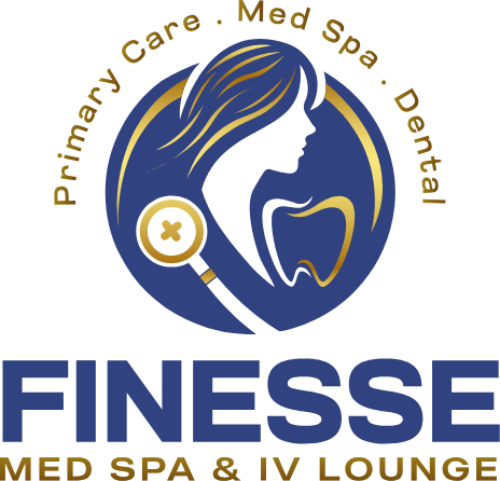Wrinkle relaxers
Service > Wrinkle relaxers
Wrinkle relaxers have revolutionized the cosmetic industry, offering non-surgical solutions to reduce the appearance of fine lines and wrinkles. Among the most popular options are BOTOX®, Dysport®, Jeuveau®, and XEOMIN®. Each of these treatments uses botulinum toxin to temporarily paralyze muscles, preventing them from contracting and thereby smoothing out the skin. Let’s delve into the specifics of each to understand their unique benefits and differences.

BOTOX®
BOTOX® is perhaps the most well-known wrinkle relaxer. It was the first to be approved by the FDA for cosmetic use and has a long track record of safety and effectiveness. BOTOX® is commonly used to treat forehead lines, crow’s feet, and frown lines between the eyebrows. Beyond its cosmetic applications, BOTOX® is also used to treat medical conditions such as migraines, excessive sweating, and muscle spasms1.
Dysport®
Dysport® is another popular choice, especially in Europe. It works similarly to BOTOX® but has a slightly different formulation that allows it to spread more easily over larger areas. This can be particularly beneficial for treating larger regions like the forehead. Dysport® tends to show results a bit faster than BOTOX®, but it may also require more frequent touch-ups2.
Jeuveau®
Jeuveau® is the newest player in the wrinkle relaxer market. Often referred to as “Newtox,” it is marketed as a more affordable alternative to BOTOX®. Jeuveau® has a similar molecular structure to BOTOX® and offers comparable results. Its affordability makes it an attractive option for those looking to maintain a youthful appearance without breaking the bank2.
XEOMIN®
XEOMIN® stands out due to its “naked” formula, which means it does not contain any additives. This reduces the risk of allergic reactions and makes it a suitable option for individuals sensitive to other wrinkle relaxers. XEOMIN® is also known for its ease of storage, as it does not require refrigeration before use. However, some users report that its effects may not last as long as those of BOTOX®2.

